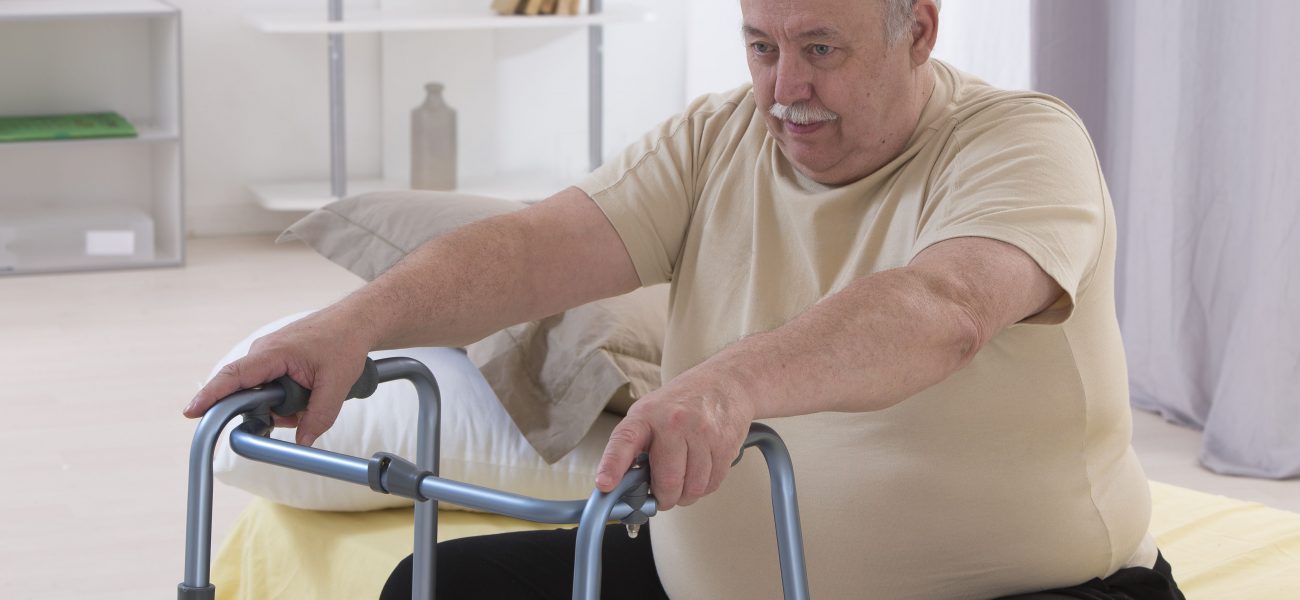Why is Urinary Incontinence Treatment Important?
The involuntary spilling of urine is referred to as urinary incontinence. It denotes that a person urinates even if they don’t want to because the urinary sphincter’s control is either lost or impaired. It is a widespread condition that affects a large number of individuals, and it is more prevalent in women than in males.
Many people have small pee leaks from time to time. Others may have more frequent loss of modest to moderate quantities of pee.
Urinary incontinence symptoms and types:
- Stress Incontinence: When you put pressure on your bladder by coughing, sneezing, laughing, exercising, or lifting anything heavy, urine spills.
- Urge Incontinence: You feel an unexpected, strong need to pee, which is followed by an involuntary loss of urine. You may need to urinate often, including throughout the night.
- Overflow Incontinence: You have frequent or continuous dribbling of pee as a result of a bladder that does not entirely empty.
- Functional Incontinence: You are unable to use the restroom on time due to a physical or mental handicap.
- Mixed Incontinence: You have more than one form of urine incontinence, which is usually a mix of stress incontinence and urge incontinence.
Urinary incontinence, if left untreated, can lead to a variety of consequences, the severity of which increases with the length of time it is ignored.
Some of the reasons why treating urinary incontinence is critical include:
- Underlying issues getting worse
- More common skin issues
- Affects mental health negatively
- Lower quality of life
- Increased infection risk
- Leads to a more rapid decline in the elderly
Fortunately, there are several therapy options available to assist you manage your urine incontinence symptoms. Your doctor will work with you to develop a treatment plan that is appropriate for you. You’ll begin with simple lifestyle modifications and work your way through the list until you find something that works.






















